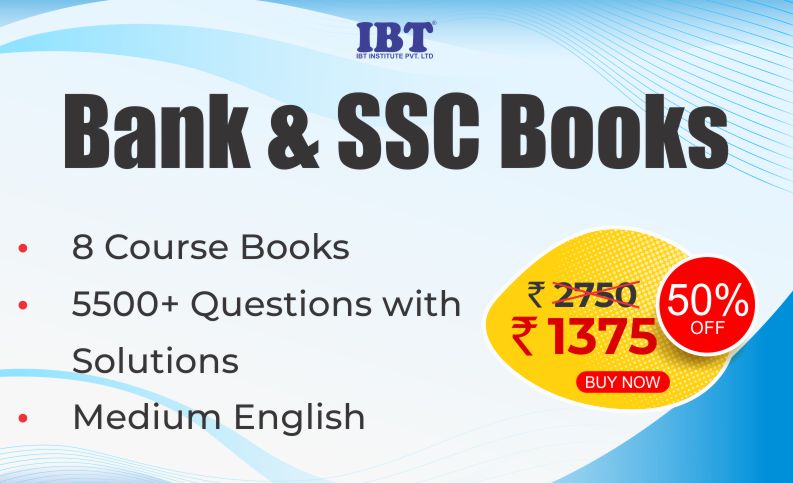
Monetary Policy and RBI regulation
1. Money flows in the banking systems:
- The Reserve Bank of India Act, 1934 has been amended by the Finance Act, 2016, to provide for a statutory and institutionalized framework for a Monetary Policy Committee, for maintaining price stability, while keeping in mind the objective of growth.
- When money is released by the RBI (Reserve Bank of India) into the economy, it goes into circulation through transactions. The government may pay the people it employs, buy goods and services, give subsidies, and so on.
- Part of this money is kept by the recipients and the rest goes back into bank accounts. A government servant who receives a salary keeps a fraction of it at home and puts the rest in his bank account to earn some interest.
- The businessmen who sell their goods or services to the government and get money in their bank accounts use only a part of that to carry on their business, while the rest stays in the bank.
- One can see that most of the money released into the economy keeps going in and out of the commercial banking system where businesses and households maintain their accounts. The banks have to pay the depositors some interest for keeping their money with them.
- They too now need to earn some income to pay this interest. They do so by lending the money they get to those who need it for various purposes.
- I may be setting up a plant to produce some items and may need long-term capital. I may need to set up an office to provide services. I may need capital to pay wages to my workers and also to buy raw material.
- A part of the profit earned by my business is paid to the banks as interest for the loan I have taken. What this means is that a bank does not have the money that its depositors deposited with it. If all the depositors come to a bank and want to withdraw their deposits, the bank would not be able to pay them. This is called a “run” on a bank, and such a bank fails. This is where the RBI plays the role of a banker to the banks, giving money to the banks.
2. Reserve ratio:
i) CRR
- All Banks have to maintain a minimum CRR of Net Demand and Time Liabilities(Total deposits) with RBI , as cash.
- It can be retained in the RBI currency chest.
- Earlier ceiling limits of 3 to 20% has been removed and RBI has no ceiling in prescribing this limit
- This is as per section 42(1) of the RBI Act, 1934.{Amended through RBI (Amendment) Act, 2006}
- Scheduled Banks are required to maintain a certain percentage of NDTL in cash form with a specialaccount with RBI.
- For securing monetary stability in the country.
- No floor & No ceiling rate.
EX:-
Each bank is required to deposit a certain amount of its deposits with the RBI. This is called the cash reserve ratio (CRR). If a bank gets Rs100 in deposits and the CRR is 10%, then it has to deposit Rs10 with the RBI. It now has Rs90 to lend. This Rs,90 is then given to a borrower, who pays it to someone else who puts it in their bank. That bank then has to deposit Rs9 with the RBI and can now lend Rs.81. This amount may be lent and may make its way to a third bank, which then has to deposit Rs8.1 with the RBI.
ii) SLR
- All Banks have to maintain a portion of their total deposits with RBI either as cash or gold or approved securities.
- This is as per section 24 of the Banking Regulation Act, 1949. {This was amended through the Banking Regulation (Amendment) Act, 2007}
- No floor rate, but the ceiling is 40%.
- To be maintained in cash, gold & approved securities.
- To hold a certain percentage of NDTL in the above forms as prescribed from time to time.
3. Policy rate:
i) Repo rate
- When banks sell security, banks promise to buy back the same security from RBI at a predetermined date with an interest at the rate of REPO.
- It is actually a repurchase agreement. When RBI reduces the Repo Rate, the banks can borrow more at a lower cost.
- Minimum amount of loan Rs. 5 cr.
- Repo rate actually short term lending( 1 to 90 days)
ii) Reverse repo rate
- In case RBI borrows money from banks and the interest paid by RBI to banks on such borrowing is known as Reverse Repo Rate. It is the opposite of the Repo rate.
- An increase in this rate can cause the banks to transfer more funds to RBI due to their attractive interest rates. Hence RBI uses this way to draw out excess money from the banks.
iii) MSF
- Minimum amount which can be accessed through MSF is Rs. 1 crore and can be in multiples of Rs.1crore.
- While under Repo all member Banks are eligible to borrow, MSF provides for Over night borrowing facility from RBI.
- No additional security is required. With the securities provided for SLR, the securities can be adjusted against SLR
- Only Scheduled commercial Banks are eligible
iv) Bank rate
- Bank rate is the interest rate at which the central bank lends money to domestic banks. Such loans are given out either by direct lending or by rediscounting (buying back) the bills of commercial banks and treasury bills.
- Thus, bank rate is also known as discount rate. In bank rate there is no need for collateral security.
- The interest rate which the RBI charges for its long term lending is known as bank rate.
- Bank Rate is a long term lending (upto 365 days)
- Normally Banks, Financial institutions use this facility.
- This has got direct bearing on the long-term lending activities of the financial system.
4. Open Marketing Operations(OMO):
Open Market Operations means:
- RBI is purchasing Government securities to infuse liquidity
- RBI is selling Government securities to suck liquidity from the system.
- No additional security is required. With the securities provided for SLR, the securities can be adjusted against SLR
- Only Scheduled commercial Banks are eligible
Bank rate
- Bank rate is the interest rate at which the central bank lends money to domestic banks. Such loans are given out either by direct lending or by rediscounting (buying back) the bills of commercial banks andtreasury bills.
- Thus, bank rate is also known as discount rate. In bank rate there is no need for collateral security.
- The interest rate which the RBI charges for its long term lending is known as bank rate.
- Bank Rate is a long term lending (upto 365 days)
 4.5/5
4.5/5








